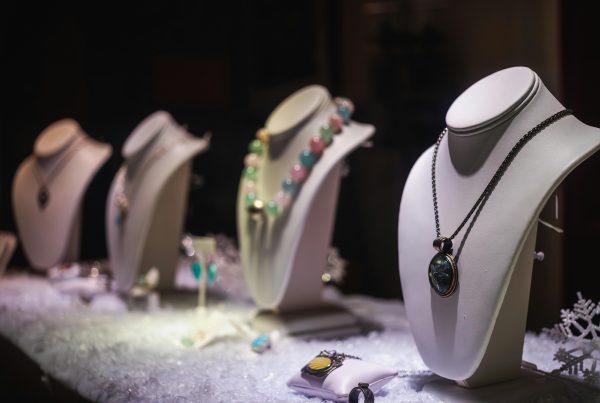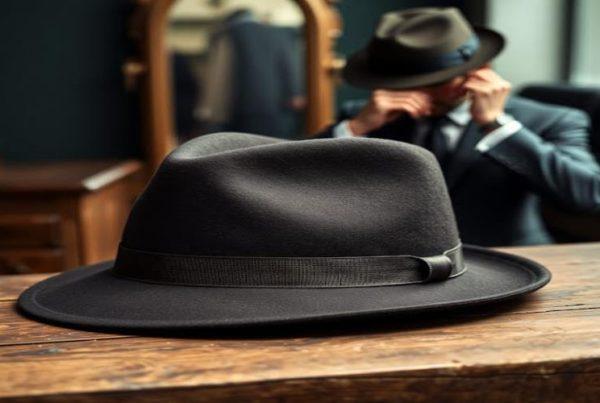Anklets are timeless accessories that add elegance to any outfit, but their proximity to the ground makes them vulnerable to dirt, moisture, and wear.
Whether you own a delicate gold chain, a beaded design, or a durable stainless steel piece, proper care ensures longevity and lasting sparkle.
This complete guide covers:
- Best cleaning techniques for different anklet materials
- Proper storage methods to prevent tarnish and tangling
- Tips to avoid common damage and wear
- When to seek professional repairs
With a little care, your anklet will remain beautiful and durable for years to come!
Understanding Anklet Materials & Their Care Needs
Each anklet material requires specific care. Here’s how to maintain different types:
1. Metal Anklets (Gold, Silver, Stainless Steel, Platinum)
Common Types:
- Sterling Silver (prone to tarnishing)
- Gold (14k, 18k) (soft and scratches easily)
- Stainless Steel (highly durable, resistant to rust)
- Platinum (premium, hypoallergenic, but still needs cleaning)
Care Tips:
- Polish regularly to maintain shine.
- Avoid exposure to chlorine, perfumes, and lotions.
- Dry immediately after getting wet.
- Store separately to prevent scratches.
2. Beaded & Charm Anklets
Material Variations:
- Glass, gemstone, wooden, and acrylic beads
- Charm attachments (silver, gold, or stainless steel)
Care Tips:
- Avoid submerging in water (weakens stringing material).
- Clean gently with a damp microfiber cloth.
- Inspect strings regularly for wear.
- Store in a soft pouch to prevent bead loss.
3. Leather & Fabric Anklets
Material Types:
- Genuine leather, suede, woven fabric, and embroidered designs
Care Tips:
- Keep away from moisture to prevent cracking.
- Use leather conditioner every few months.
- Spot clean with a soft, damp cloth.
- Store flat to prevent curling.
Pro Tip: For anklets made from multiple materials (e.g., leather with metal charms), clean each component separately to avoid damage.
Step-by-Step Anklet Cleaning Guide
Cleaning your anklet properly will keep it looking brand new. Follow these best practices:
Cleaning Metal Anklets
You’ll Need:
- Mild dish soap (phosphate-free)
- Warm distilled water
- Soft-bristle toothbrush
- Microfiber cloth
- Jewelry polishing cloth
Steps:
- Mix 1 teaspoon mild soap with 1 cup warm water.
- Soak the anklet for 5 minutes.
- Gently scrub with a soft toothbrush.
- Rinse thoroughly under lukewarm water.
- Pat dry with a microfiber cloth and air dry for 15 minutes.
- Polish with a jewelry cloth for extra shine.
Frequency: Weekly (for daily wearers), Monthly (for occasional use).
Avoid: Harsh chemicals, abrasive cleaners, and ultrasonic cleaners (unless specified by the manufacturer).
Cleaning Beaded Anklets
- Lay the anklet on a dry towel.
- Dampen a microfiber cloth with distilled water.
- Gently wipe each bead.
- Dry immediately with a separate cloth.
- Inspect string tension for potential breakage.
Important: Never submerge beaded anklets in water as it weakens the string over time.
Leather & Fabric Anklet Maintenance
For Leather:
- Wipe with a barely damp cloth.
- Apply leather conditioner every 3–4 months.
- Avoid exposure to heat sources.
For Fabric:
- Spot clean with mild detergent.
- Air dry completely before storing.
- Never machine wash (unless the manufacturer specifies).
Proper Anklet Storage Techniques
Storing your anklet correctly prevents damage and tarnishing.
Ideal Storage Solutions
- Individual Soft Pouches – Prevent scratches and tangling
- Anti-Tarnish Strips – Absorb moisture (great for silver anklets)
- Jewelry Boxes with Compartments – Keeps pieces organized and protected
- Hanging Organizers – Prevents kinks in chains, allows easy access
Best Storage Locations:
- Bedroom dresser or walk-in closet (stable environment)
- Avoid bathrooms (humidity causes tarnishing)
- Avoid windowsills (UV damage)
- Avoid basements/garages (temperature fluctuations)
Travel Storage Tips
- Use a pill organizer for multiple anklets.
- Wrap chains around a small piece of cardboard to prevent tangling.
- Store in a hard-shell case for protection.
- Keep in carry-on luggage when flying.
Preventing Common Anklet Damage
Anklets are exposed to various risks. Here’s how to keep them in top condition:
When to Remove Your Anklet
- Before showering/swimming
- During exercise or sports
- When applying lotions or perfumes
- While sleeping
- When doing household chores
Weekly Maintenance Checklist
- Inspect clasps and closures.
- Check for loose beads or stones.
- Examine chains for weak links.
- Wipe down with a soft cloth.
Seasonal Care Tips
Summer: Clean more frequently due to sweat, sunscreen, and saltwater exposure.
Winter: Wipe down after exposure to road salt and dry indoor air; condition leather more often.
Anklet Repairs: DIY vs. Professional Help
Simple DIY Fixes:
- Tightening Loose Beads: Use jewelry glue for added security.
- Basic Link Repairs: Use jewelry pliers to reattach broken links.
- Minor Tarnish Removal: Apply a baking soda and water paste, rinse, and dry.
When to Visit a Jeweler:
- Clasp replacements
- Stone tightening
- Deep polishing
- Complex chain repairs
- Beaded anklet re-stringing
- Leather/fabric restoration
Pro Tip: Schedule an annual professional inspection for fine jewelry anklets.
Buy Anklets Online in US at Best Price
Looking for a reliable online store in USA to shop stylish and affordable anklets? Explore a stunning collection of anklets at CWC Shop, designed to complement every look and occasion.
From minimalist silver chains to bold, beaded designs, our anklets are perfect for everyday wear or special moments. Whether you prefer classic elegance or boho-chic vibes, find your best Anklets collection today—crafted for comfort, beauty, and unbeatable value.
Conclusion
With regular cleaning, mindful wear, and proper storage, your anklet will remain a cherished accessory for years. For heirlooms or luxury pieces, consult a jeweler for specialized care.










